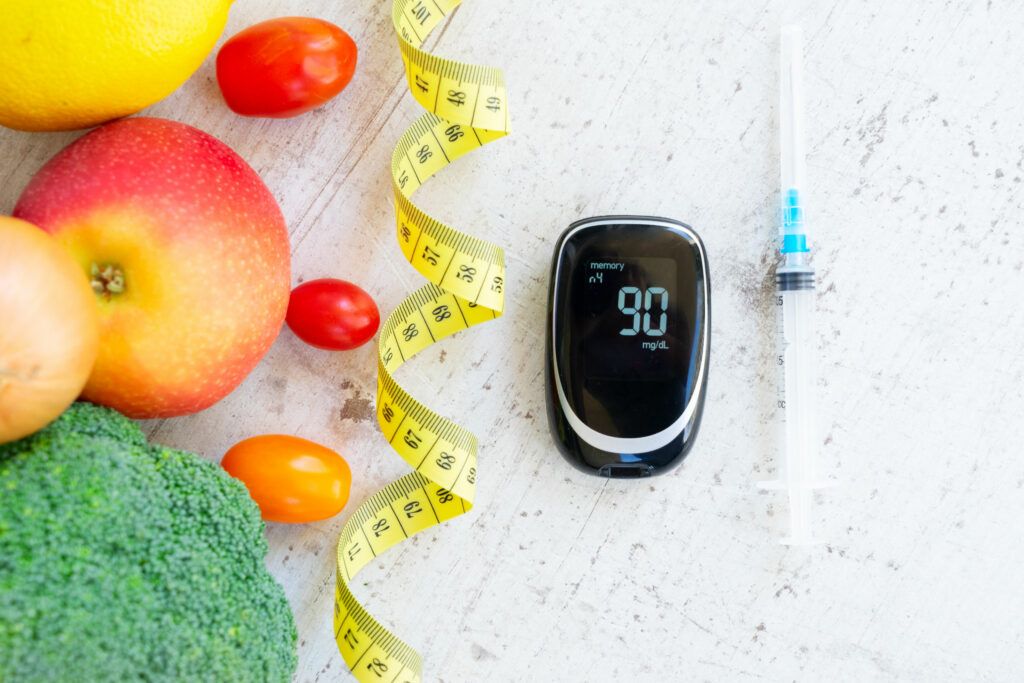Health Articles
Knowledge
Diabetes Healthy Lifestyle aids diabetes

Help type 2 diabetes with a healthier lifestyle
The most common types of diabetes is type 2 diabetes. About 90 percent of all cases related to diabetes are from type 2. While some people can manage their blood sugar levels through exercise and healthy diet, other may need help from medication or insulin. No worries, we can tackle this easily with proper eating habit and a exercise plan.
Healthy body requires healthy sustenance. A major part of addressing type 2 diabetes is by creating a healthy diet and stick to it. At the end of each meals, our goal is to have a tasty and fulfilling meal that is sustainable. Everyone is different in term of lifestyle so you need to find what is best for you and this can start by reading up more on your recommended calories intake based on your age, weight, height and daily activity level. After that you can learn about what your foods are nutritionally make up of. Carbohydrates, protein and fats are the main source of energy in food and we can select how much of each we want to have in each of our meals to maintain a healthy balance for a better and healthier diet.
Become more active with a fitness plan. Look no further when it comes to managing type 2 diabetes. Fitness is an important part of improving types 2. All you have to do is move. Simple right? You do not have to achieve an athletes’ level of fitness to see results. Just by simply doing anything extra physically that you normally do in your daily routine to see noticeable improvement. Choose something fun that you can do it often. Such as riding a bike, swimming, basketball or just taking a stroll through your neighborhood is all your need to be on your way to leading a healthier lifestyle.
More Information:














